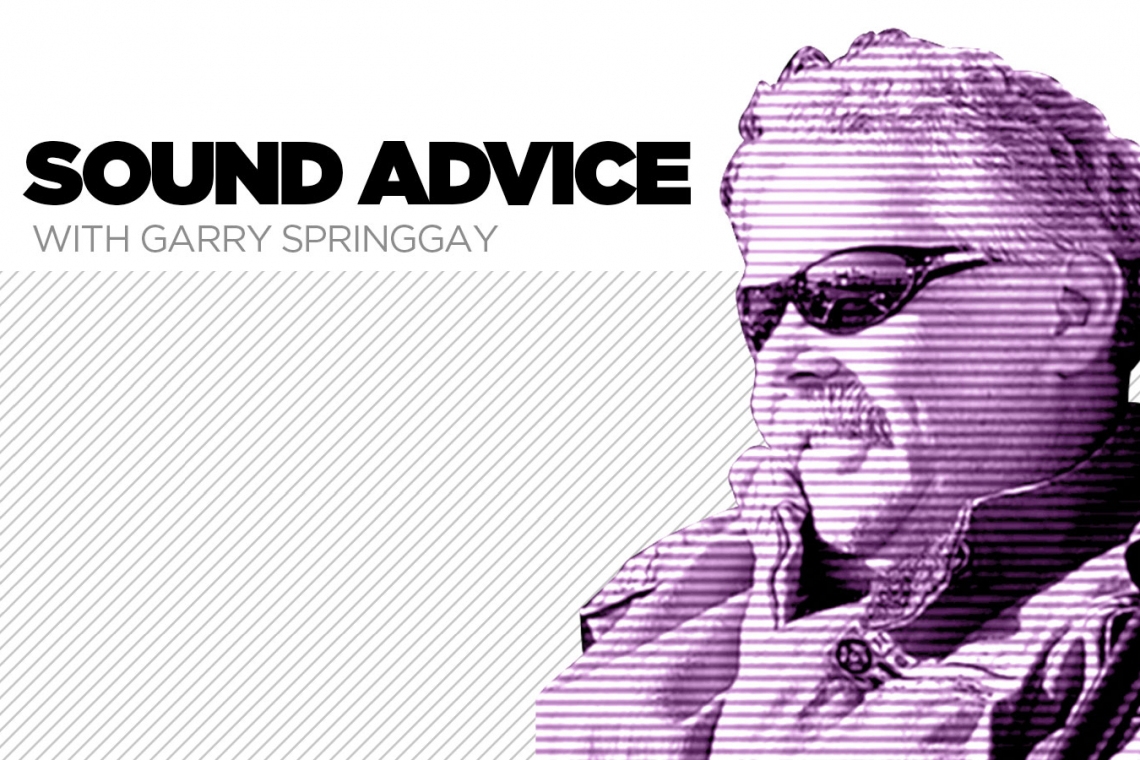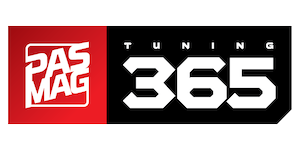I have been involved with car audio contesting since it was invented. My first experience was in 1986 with the Alpine-sponsored CAN (Car Audio Nationals), which then merged with NACA (National Autosound Challenge Association) to eventually become IASCA in 1988. Over the years, I judged a lot of IASCA and dB Drag Racing shows, and did some competing myself.
In my retail days, I had customers who were serious about competing and expected to place well in every contest, if not win it outright. Here, I’ve written what I would tell anyone who was serious about competing.
BENDING THE RULES
To compete in any organized event, you first must read and understand the rules. If you ask any successful competitor from IASCA to NASCAR, they will tell you they strive to gain as much advantage as possible over their competition, without breaking the rules. This means that you need to push the boundaries a little sometimes, and as such, I have seen a lot of very creative interpretations of the rules over the years.
In the early days, classes of competition were divided by amplifier power. When the rules were written, everyone assumed the manufacturers’ advertised power was the limit of the amplifier’s performance. Soon, manufacturers and competitors found they could gain an advantage by under-rating the product, or by building the product to work into lower impedances, which could more than double the available power from what was advertised. Another method of circumventing the rules was to rate the amplifier’s power at a lower voltage than normal, but operate it at as high a voltage as possible for maximum advantage. In recent years, these advantages have been pretty much eliminated through rule changes and third party verifications of products, but it doesn’t mean you can’t push the envelope wherever possible.
FAKE IT ‘TIL YOU MAKE IT
One of the most successful competitors in those days would use his knowledge and technical expertise to intimidate the judges, who would then “hear what he told them to hear” when listening to the car.
Another competitor, who went on to win many prestigious contests, would frequently lose points for not having a “strong center image.” He noticed that most of the cars beating him were using center channel speakers, so he redesigned his system with a really prominent center channel speaker on the top of his dash and his car always got maximum points for a strong center image. What judges didn’t realize was that his car had great left and right speaker positioning, but no speaker at all under the grille in the middle of his dash.
The IASCA rules in the '90s gave points for having “front stage with rear fill.” Several competitors found that having sound coming from the rear of the car would seriously detract from their staging score. Their solution was to have rear speaker grilles in place, and in some cases actual speakers installed, but no connections. Judges would be fooled by the presence of the grilles or speakers and give them the “rear fill” points.
BE A GOOD LISTENER
Being a craftsman and turning out amazing installations is one thing, but you need to also spend time learning what your music is supposed to sound like. You’ll need a decent home audio system so you can learn and memorize the way the music is supposed to sound. This way, you can instantly recognize a problem.
For example: I was asked to help tune a car for a competitor at the 2001 IASCA finals. The car had completed a successful year of competition and the owner simply wanted the tune polished a little. So, I grabbed my sleeve of CDs and jumped in the driver’s seat. Within the first 10 seconds of the first track, I shut off the system and told the competitor that his left and right channels were backwards. He looked at me like I had three heads and exclaimed, “There’s no way! I competed all year like this and I haven’t made any changes!” I told him I knew for a fact the channels were backwards and I could prove it to him. We went to the home reference system we had set up, took a listen, and sure enough, I was right. He asked how it was possible that no one had caught it all year, and I heard it almost instantly. I said, “I have that song and a few others completely memorized. The finger snaps always come from the left channel and the acoustic guitar is always full right.” His car was backwards because of an accidental swap of color-coded RCA ends on his custom cables. I learned months later that two judges who had scored his car earlier in the season had not deducted points because he was a famous competitor and they didn’t think it was possible for him to make such a basic mistake.
For anyone who is contemplating participation in these contests, you need to know everything about what you are being judged on. You need to know your car, your system and your music, inside out and backwards. Be prepared to answer any question and do it with confidence. The people who win are the competitors who fully understand the rules, pay close attention to their scoresheets, as well as the scoresheets of the people who are beating them. By really understanding what the rules mean, and by giving the judges what they are looking for, you’ll soon learn what is required to get maximum points. This isn't cheating; you're simply figuring out ways to use the rules to your advantage, without blatantly breaking any.
Related Articles
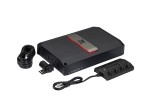 KICKER Introduces Premium LX-Series Amplifiers
KICKER Introduces Premium LX-Series Amplifiers
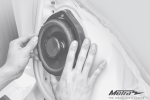 Metra to Show New Speaker Adapter Plates and Harnesses at SEMA 2024
Metra to Show New Speaker Adapter Plates and Harnesses at SEMA 2024
 Stingray Brings Karaoke to Select Ford Vehicles
Stingray Brings Karaoke to Select Ford Vehicles
 MTX Terminator Amplifiers Makes Their Triumphant Return for 2024
MTX Terminator Amplifiers Makes Their Triumphant Return for 2024
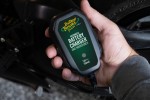 The Importance of Keeping a Vehicle Battery Fully Charged
The Importance of Keeping a Vehicle Battery Fully Charged


